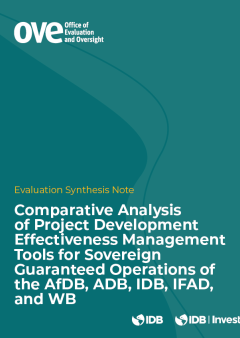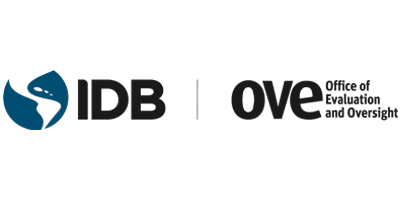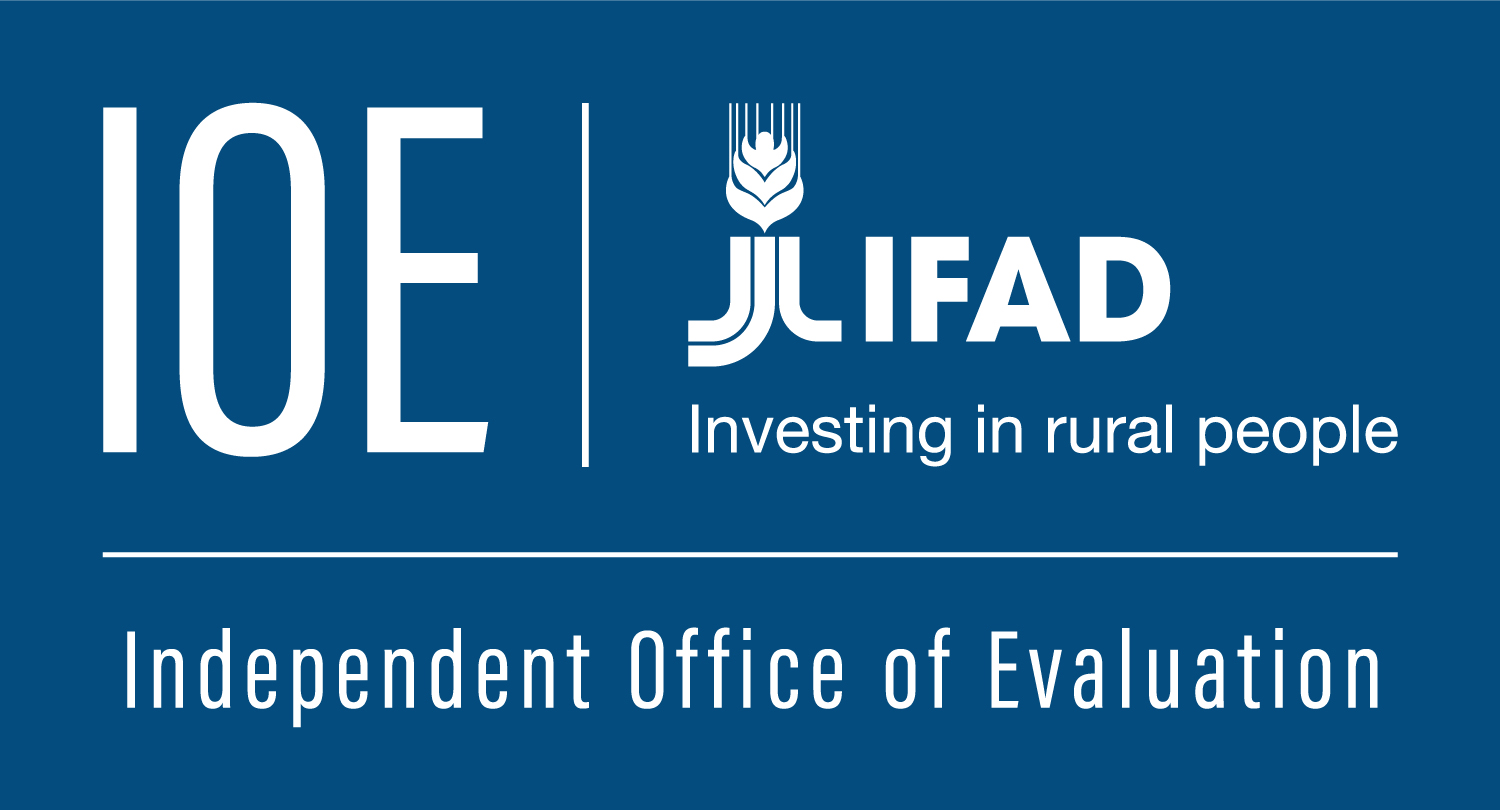
Comparative Analysis of Project Development Effectiveness Management Tools for Sovereign Guaranteed Operations of the AfDB, ADB, IDB, IFAD, and WB
The report is structured into five chapters. After the introduction, it reviews the instruments used at the project level, then examines how project results are monitored at the corporate level. It goes on to describe the institutional governance of development effectiveness before concluding with key findings from the comparative analysis.
Based on document reviews and interviews, the report highlights differences in instruments used for project design and evaluability assessments, the dimensions covered by project monitoring tools, the criteria and methods to classify project performance during implementation, the level of authority for project restructuring, the application of criteria to assess project performance at completion, and how institutions monitor performance at the corporate level. This comparative analysis part of OVEs 2025 Development Effectiveness evaluation line aims to inform efforts to enhance the IDBs approach to development effectiveness.


